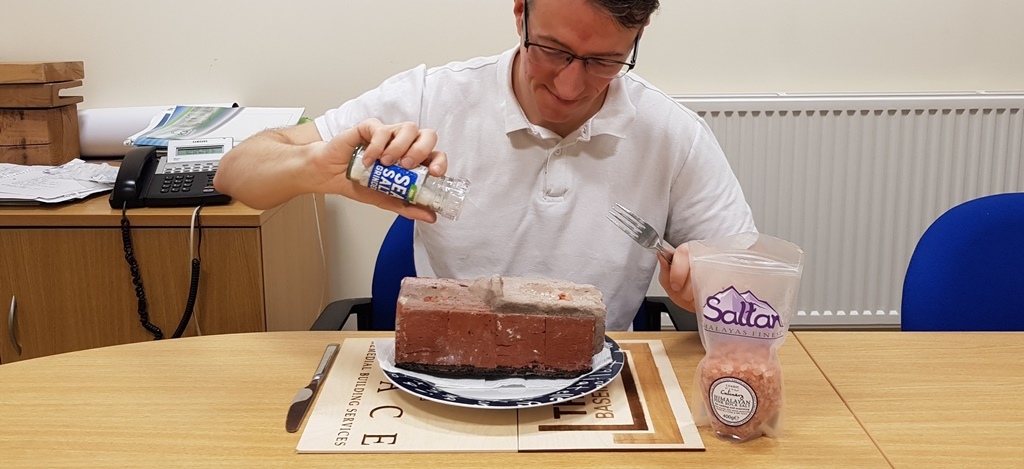How does Damp Rise
So you may have heard that there is no such thing as 'rising damp'. The reasons why could be a lengthy post in itself, commenting on everything from the role of unscrupulous contractors who specify works not necessary, through to those that vocally denigrate and seek to position themselves as savior against such contractors, seeking large survey fees on the back of this.
These days, at least in professional circles, the depth of understanding around the mechanisms behind factors which contribute to all issues of moisture in buildings is greater, in part because of social media and more freely available information online.
For my part, I want to understand the technicalities, I enjoy understanding how things work, and so as briefly as I can make it, I will go into why moisture rises via capillary action. If you don't want to believe that this can happen within the pores and capillaries of bricks and mortar, consider that we're speaking of blotting paper or some other porous material, dipped into water.
Water is a cohesive material, it 'sticks' to itself as a result of 'hydrogen bonding', which results from the opposite polarity of the oxygen (negative charge) and hydrogen (positive charge), atoms within water molecules (H2O).
Opposites attract.
Simplistically, the oxygen from one water molecule attracts the hydrogen atom from another, and they bond as a result (hydrogen bonding). Just google 'hydrogen bonding water', if you want to read up on this.
NB: There is a variety of content online when searching for information on this, however I include a link below to a very comprehensive explanation including video lectures:
What about 'surface tension'? When many water molecules bond to each other, such as IN THE DEPTH OF LIQUID WATER, the extent of bond is distributed between ALL surrounding molecules ON ALL SIDES.
AT THE SURFACE, water molecules are still attracted to their neighbours; however there are less of them (NO WATER MOLECULES ABOVE THE SURFACE), meaning that the bond force is greater because it is distributed between FEWER molecules. (See illustration below).

This greater bond creates a surface film/tension. It is this which creates the rounded shape of water droplets, lets water-boatmen insects walk on water, and allows a paper-clip to 'float' upon that surface film.


In a pore or capillary (simplistically a thin 'tube'), water may curve upwards where there is attraction between water molecules and those of the material forming the pore/capillary.
Those water molecules bonding to the pore/capillary material then pull along neighbouring water molecules (again via hydrogen bonding) creating a curve where the liquid meets the sides of the pore/capillary. Look into a glass containing clean water and you will see this (the meniscus) curve.
In a capillary network (for example within porous mortar or tissue paper), the bonding force between water molecules, creating surface tension and causing water to curve upward (where water can also bond to the material forming the capillary), is what results in movement of moisture upwards, otherwise known as 'CAPILLARY ACTION'!

How do we prevent this? One way is to defeat the bond between water and the materials in question, but that's for another day.



.JPG)
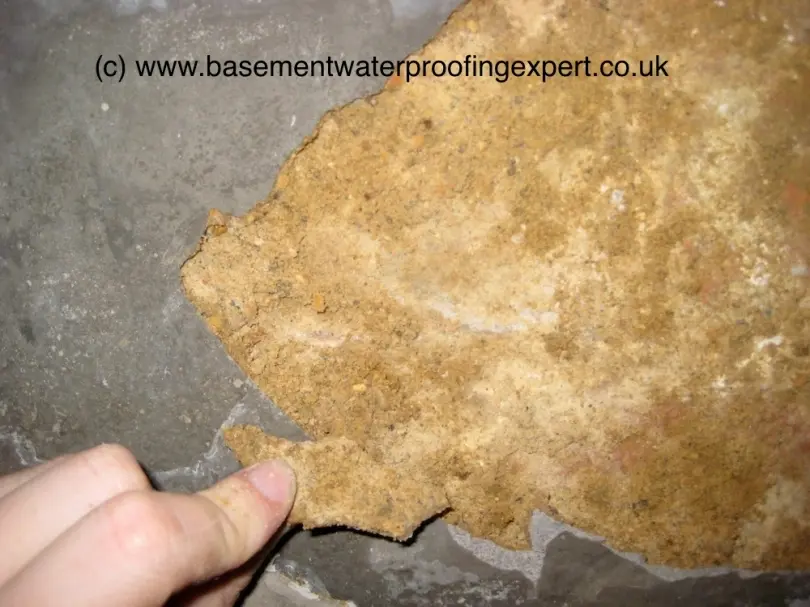

.JPG)
.jpg)




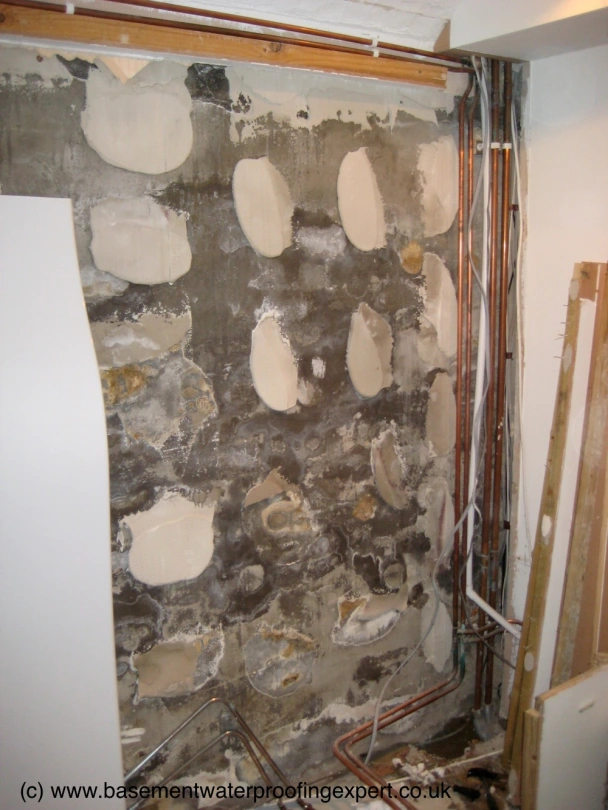
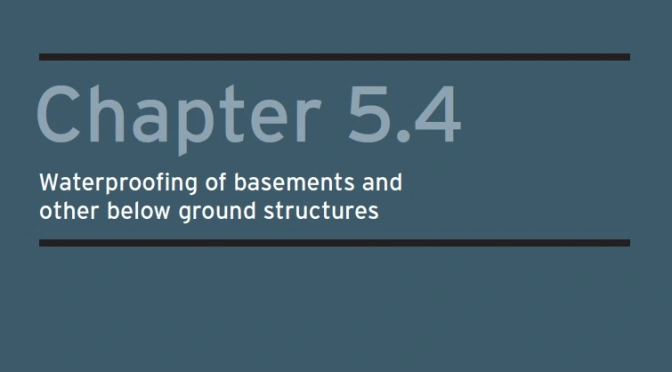
.JPG)

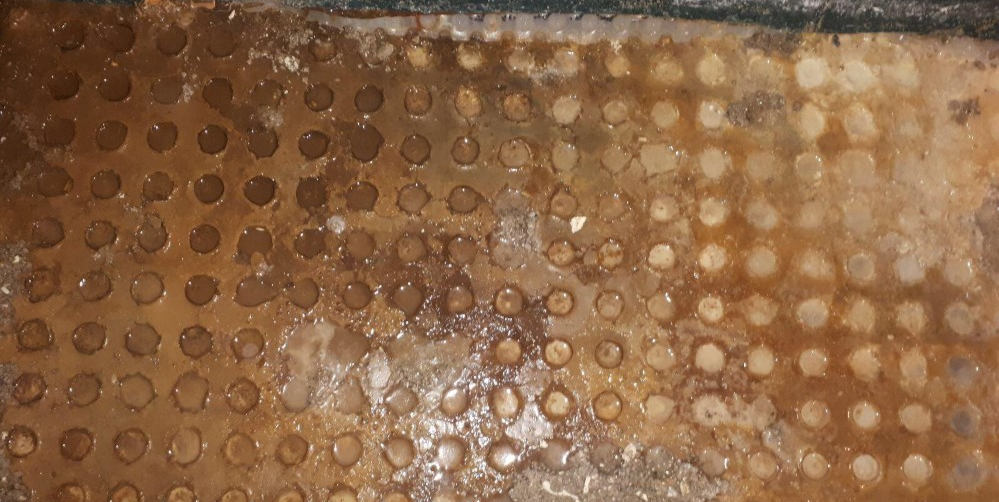
.JPG)

.jpg)
.jpg)
.jpg)

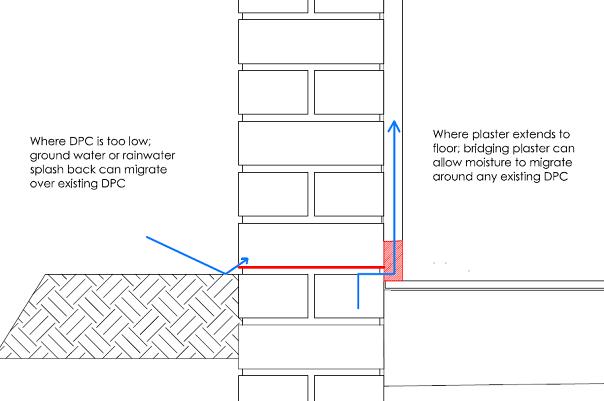
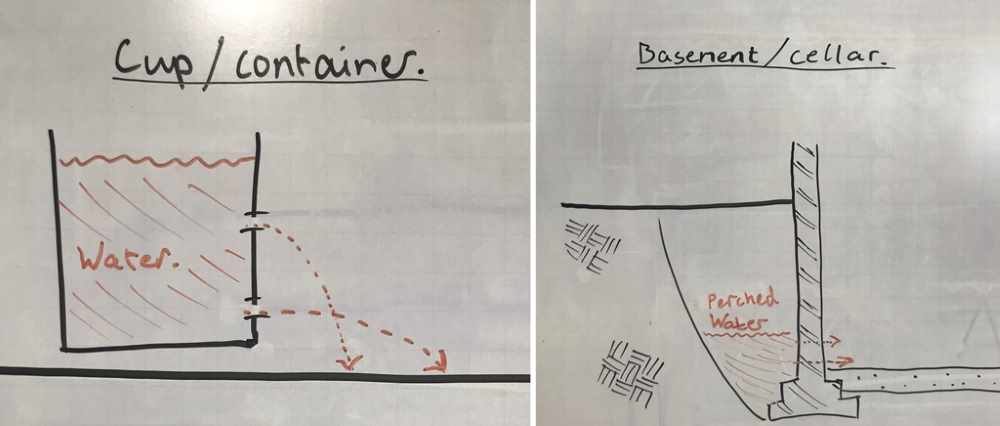
.jpg)
.jpg)
.jpg)
.jpg)

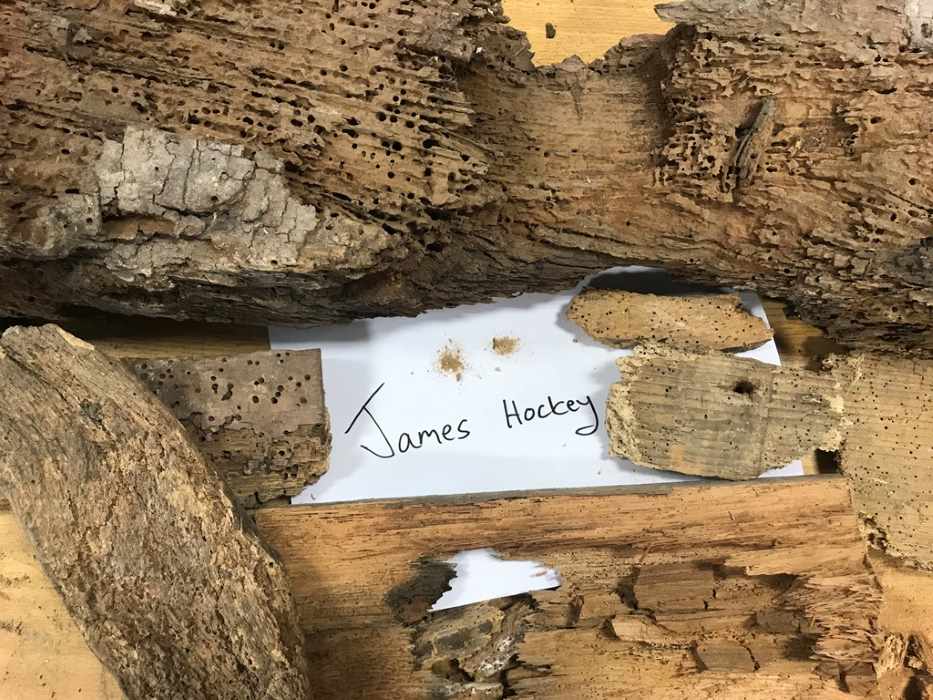
.jpg)
.JPG)
